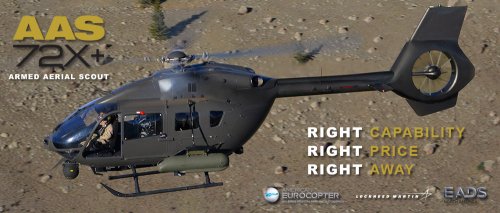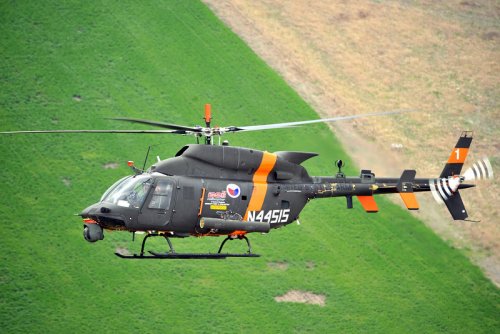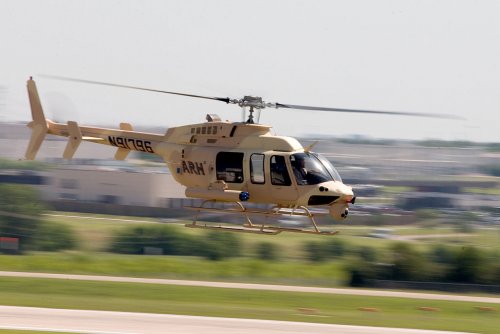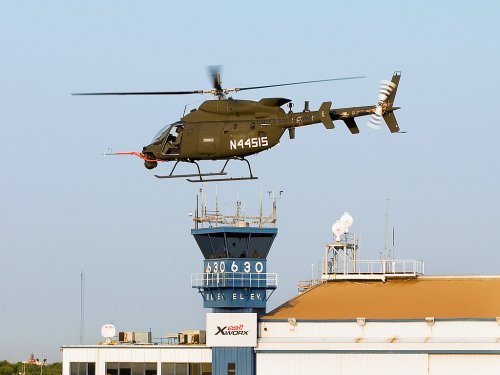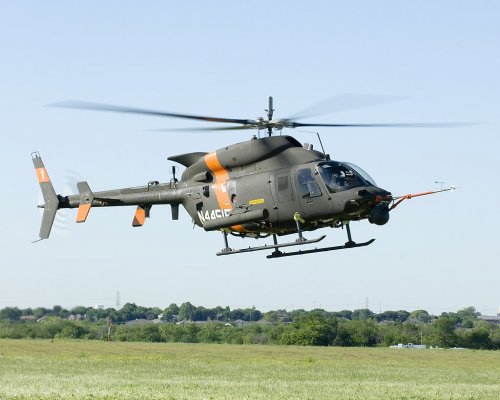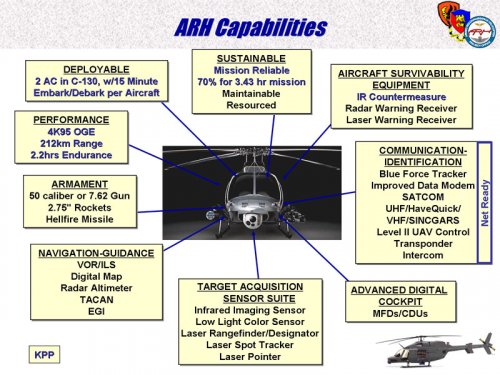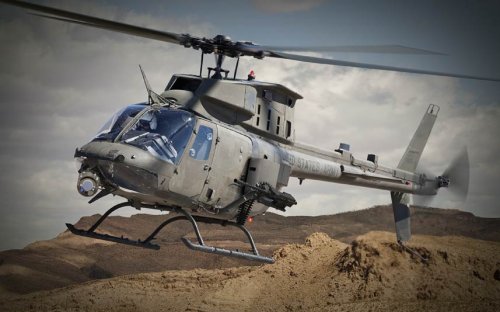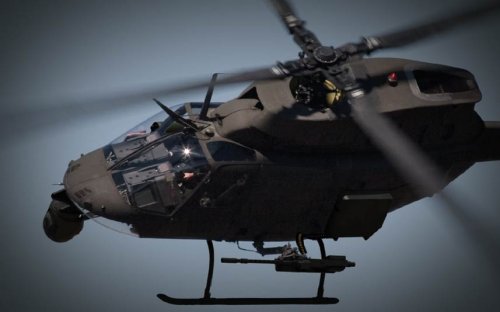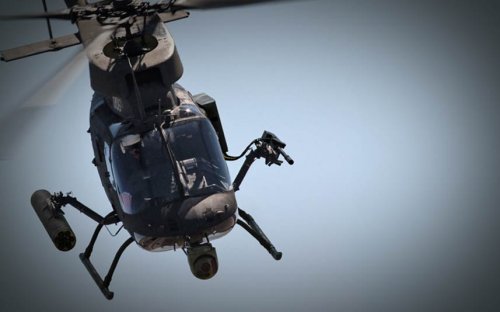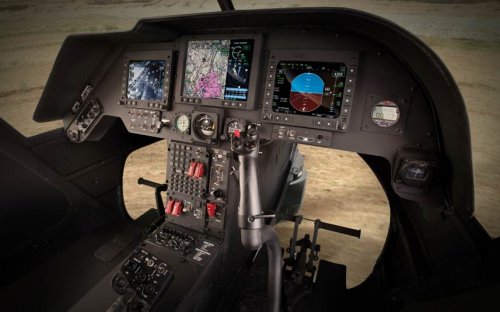Hopes Fade for US Army Armed Aerial Scout
Dec. 5, 2013 - 08:10PM | By PAUL McLEARY
WASHINGTON — The US Army has been trying to build a new, light reconnaissance helicopter since 1982, when it kicked off the Light Helicopter Experimental (LHX) program to replace the Vietnam-era OH-58 Kiowa helicopter.
Nine years after the service began studying the problem of replacing the — even then — aging Kiowa fleet, the program took on new life when it was christened the Comanche, meandering along until 2004 when then-Defense Secretary Donald Rumsfeld finally canceled the faltering program after it chewed its way through about $7 billion worth of investments.
Almost a decade later, the Army is still looking to replace the Kiowa. And with budget cuts looming on the horizon with some hard procurement trade-offs to be made, it doesn’t look like a new bird is coming any time soon.
Several sources have told Defense News that there is talk among Army leadership about canceling the once-promising follow-on to the Comanche, the armed aerial scout (AAS), while mothballing the remaining OH-58 Kiowa Warrior helicopters filling the armed scout mission and using the service’s existing Apache helicopters to fill the armed scout role.
When asked about the potential of using the Apache in this role, a spokesperson for the Army Aviation office emailed that “from our standpoint, the Army is looking at all options with the entire Army strategy in mind. Army aviation is only a portion of that strategy. We will execute our project management duties and responsibilities in accordance with the guidance we receive.”
Other attempts to obtain comments from the Army about the armed aerial scout, Kiowa, or the Apache were unsuccessful.
Over the past several years it began to look hopeful that after 30 years of trying, the Army would be able to finally upgrade its aerial scout fleet.
Service leadership faced a choice: either begin a service-life extension program for the Bell Helicopter-made Kiowa or run a full and open competition to replace the aircraft with something new.
The defense industry jumped at the chance to build a new bird, and AgustaWestland, Boeing, EADS and Bell Helicopter began readying designs.
During the spring and summer of 2012, the Army conducted a series of what it called “fly-offs,” where Army leaders visited all of the competitors interested in bidding on the work to check in on their progress and their designs.
Initial reports from industry were that the generals liked what they saw, and initial developmental contract awards were expected by December 2012.
But after months of silence and a deepening sense that something was amiss, this May, Lt. Gen. William Phillips, the top acquisition adviser to the Army secretary, claimed that the results of the fly-offs were actually a huge disappointment to the Army.
“We didn’t find a single aircraft that was out there that could meet the Army’s requirements, so if we were to go forward with an armed aerial scout it would essentially be a development program,” he said.
After releasing its original request for information in 2010, the Army said it was looking at an average procurement unit cost of $13 million to $15 million for a new armed aerial scout. But developing a new helicopter with a fielding target of 2022 would cost $4.8 billion to $12.1 billion, contingent on requirements.
In contrast, the Army also said it was considering fielding modernized Kiowas in fiscal 2016 at a cost of $2.98 billion to $4.1 billion.
But budgets being what they are, and with no immediate wartime need for new scout helicopters as the Army shifts its mission in Afghanistan to an advise-and-assist role on its way out the door by December 2014, the need to save money might have altered the 30-year effort to buy a new armed scout helicopter yet again.
Testifying before the Senate Armed Services Committee on Nov. 7, Army Chief of Staff Gen. Ray Odierno explained what the billions in congressionally-mandated sequestration cuts would mean for the service’s acquisition programs.
The Army would have to end or delay over 100 acquisition programs, he said, telling the Senators bluntly that “in our aviation program, we cannot afford to procure a new armed aerial scout program and we will be forced to reduce the production and modernization of 25 helicopters.”
And so it ends. Not with a bang, but a wimper...

